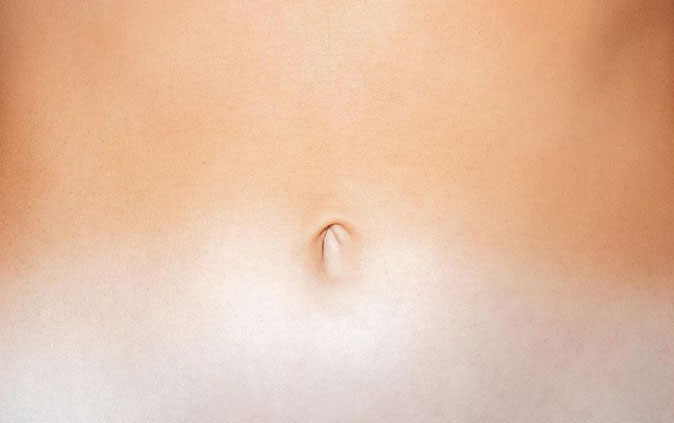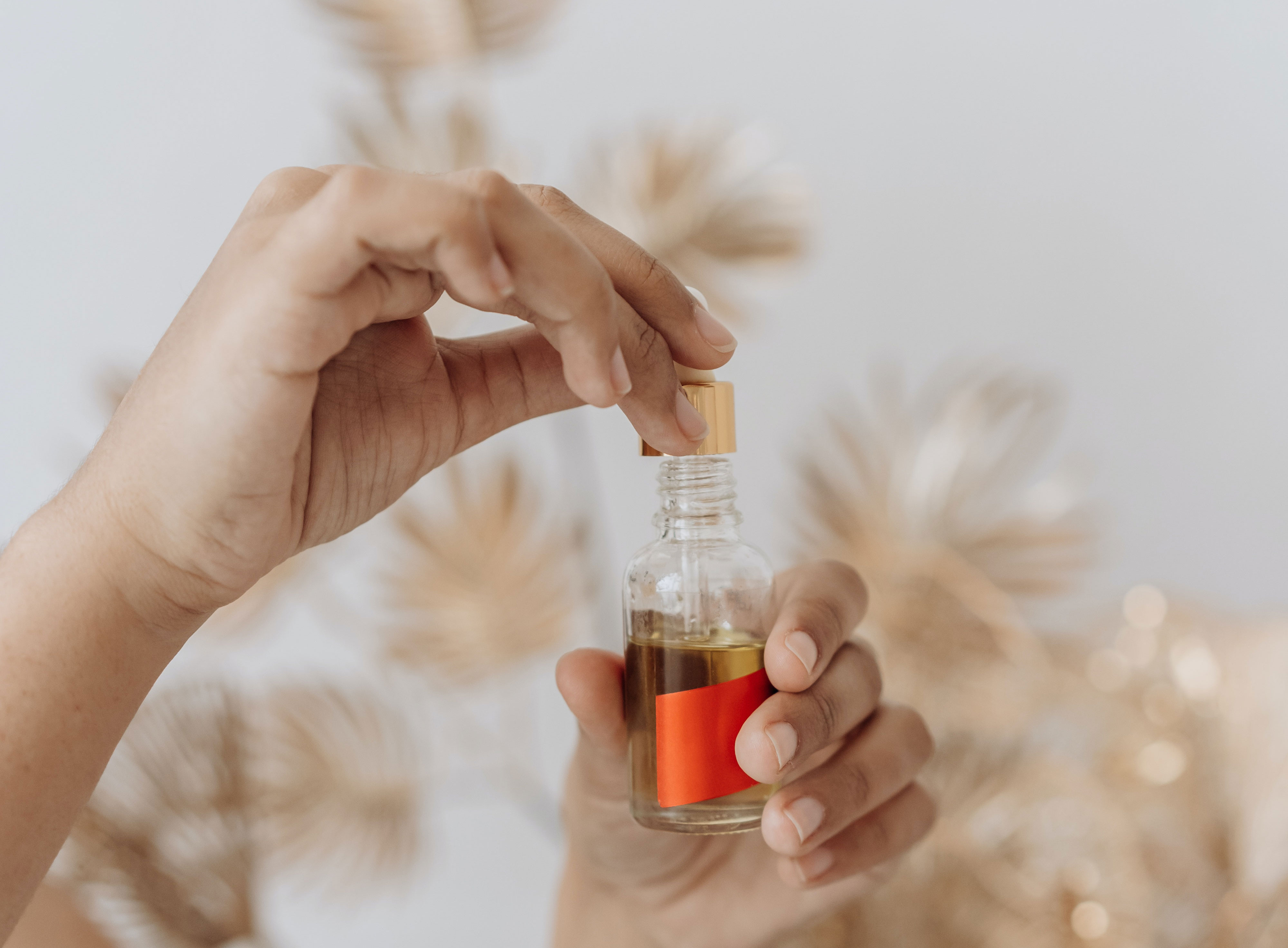5 questions/answers about self-tanning
How to correctly apply a self-tannerwithout ending up orange? If you're still afraid to get started, we reveal all our tips for quickly getting a nice sunless (and streak-free), ultra-natural tan.

How not to make traces of self-tanner?
To properly apply a self-tanner, prepare your skin the day before: exfoliate to eliminate dead cells and obtain an even tan, and follow with a good dose of hydration, for soft and smooth skin.
To avoid making mistakes, the safest way is to opt for a progressive self-tanner, or even self-tanning drops to mix with your usual face or body moisturizer.
On D-Day, for a uniform application without traces, wear a glove specially designed for this use. On dry skin, spread evenly and penetrate without forgetting any area. Pay attention to the folds (elbows, knees) which mark more easily, as well as the eyebrows and the hairline!
Once the application is finished, wash your hands so as not to stain them.
In the following days, moisturize your skin daily for a luminous tan.
When does the self-tanner leave?
The self-tanner fades naturally after a few days. To prolong its duration, avoid oil and soap-based products.
To remove the self-tanner faster (in case of failure), exfoliate your skin with a good scruband/or an exfoliating glove.
Does self-tanner help you tan?
Be careful, the self-tanner absolutely does not protect against the sun! Always apply adequate sunscreenbefore going out in the sun.
The self-tanner is ideal for obtaining a nice tan without UV, for people intolerant or sensitive to the sun, who want to preserve their skin.
How to get a tan quickly? To help your skin tan better, opt for a tanning preparation treatment, and a cure of capsules that boost the tan, starting several weeks before the first exposures. In addition to the self-tanner which offers a visible result in a few hours, you can add a few drops of Impossible Glow Paiin a bronze shade to your face or body cream for an instant tanned effect!

Why does self-tanner stink?
The characteristic smell of self-tanner is due to DHA, or Dihydroxyacetone, present in many self-tanners, natural or not.
It is this molecule that artificially darkens the skin by causing oxidation following its chemical reaction with the amino acids of the cells present on the surface of the skin.
Do not panic, the smell of self-tanner fades quickly and does not stay on the skin!
How to make a self-tanner yourself?
For fans of DIY and homemade cosmetics, the most natural self-tanner is carrot oil! Rich in beta carotene, this vegetable oil will give you a nice tan after a few days. Non-comedogenic, it can be used on the face without risk: apply it as a serum, instead of your moisturizer or add a few drops to your usual care. Carrot oil also helps prepare your skin for the sun, you can apply it the weeks before exposure to promote melanin synthesis.

Other questions about self-tanning? Ask us in the comments!
You might also like these items:
What is the best natural self tanner
The top 5 organic sunscreens
7 questions/answers about sunscreen
How do I choose my organic sunscreen?
Comments

